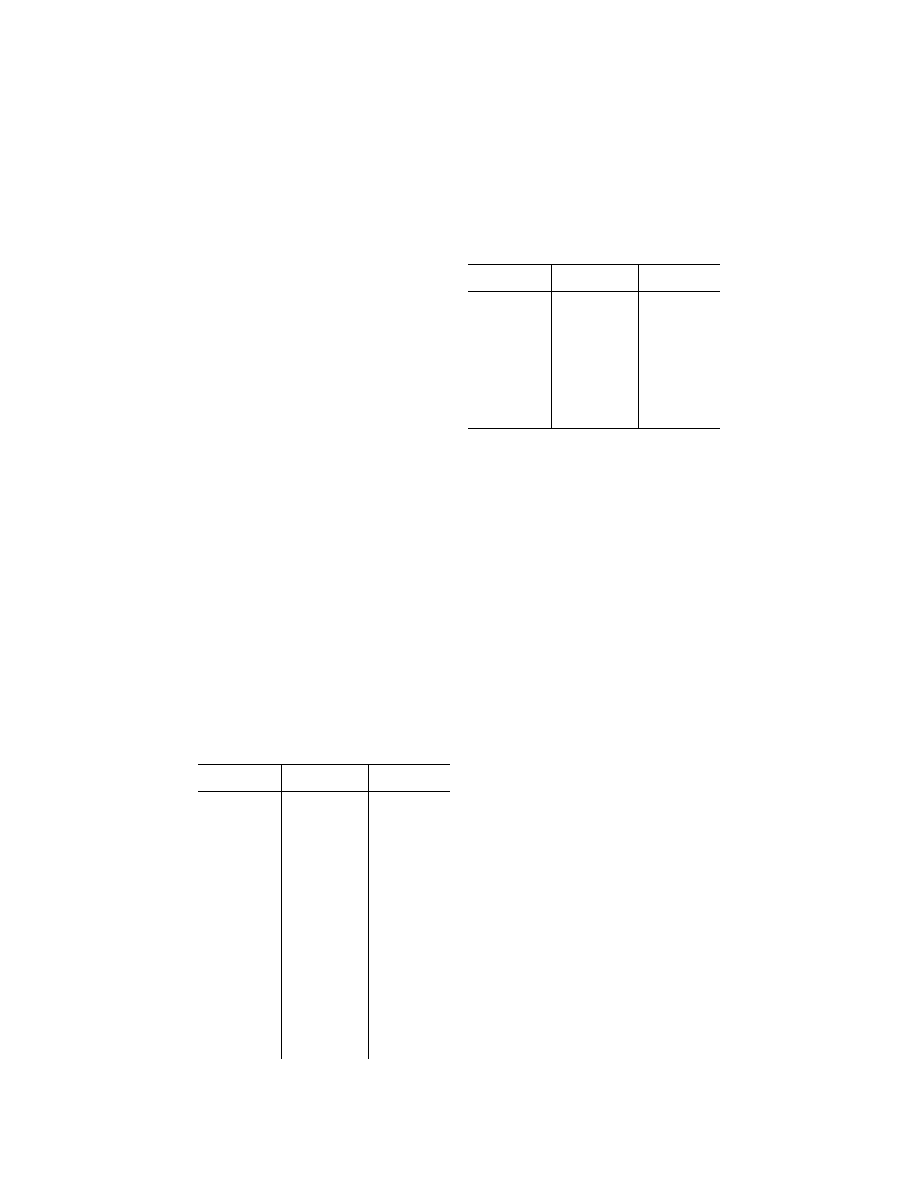
919
Federal Aviation Administration, DOT
Pt. 105
areas unless that person has permis-
sion from the using or controlling
agency, as appropriate.
§ 103.20
Flight restrictions in the prox-
imity of certain areas designated by
notice to airmen.
No person may operate an ultralight
vehicle in areas designated in a Notice
to Airmen under § 91.137, § 91.138,
§ 91.141, § 91.143 or § 91.145 of this chap-
ter, unless authorized by:
(a) Air Traffic Control (ATC); or
(b) A Flight Standards Certificate of
Waiver or Authorization issued for the
demonstration or event.
[Doc. No. FAA–2000–8274, 66 FR 47378, Sept.
11, 2001]
§ 103.21
Visual reference with the sur-
face.
No person may operate an ultralight
vehicle except by visual reference with
the surface.
§ 103.23
Flight visibility and cloud
clearance requirements.
No person may operate an ultralight
vehicle when the flight visibility or
distance from clouds is less than that
in the table found below. All operations
in Class A, Class B, Class C, and Class
D airspace or Class E airspace des-
ignated for an airport must receive
prior ATC authorization as required in
§ 103.17 of this part.
Airspace Flight
visibility
Distance from
clouds
Class A .................
Not applicable ......
Not Applicable.
Class B .................
3 statute miles ......
Clear of Clouds.
Class C .................
3 statute miles ......
500 feet below.
1,000 feet above.
2,000 feet hori-
zontal.
Class D .................
3 statute miles ......
500 feet below.
1,000 feet above.
2,000 feet hori-
zontal.
Class E:
Less than
10,000 feet
MSL.
3 statute miles ......
500 feet below.
1,000 feet above.
2,000 feet hori-
zontal.
At or above
10,000 feet
MSL.
5 statute miles ......
1,000 feet below.
1,000 feet above.
1 statute mile hori-
zontal.
Class G:
1,200 feet or
less above the
surface (re-
gardless of
MSL altitude).
1 statute mile .......
Clear of clouds.
Airspace Flight
visibility
Distance from
clouds
More than 1,200
feet above the
surface but
less than
10,000 feet
MSL.
1 statute mile .......
500 feet below.
1,000 feet above.
2,000 feet hori-
zontal.
More than 1,200
feet above the
surface and at
or above
10,000 feet
MSL.
5 statute miles ......
1,000 feet below.
1,000 feet above.
1 statute mile hori-
zontal.
[Amdt. 103–17, 56 FR 65662, Dec. 17, 1991]
PART 105—PARACHUTE
OPERATIONS
Subpart A—General
Sec.
105.1
Applicability.
105.3
Definitions.
105.5
General.
105.7
use of alcohol and drugs.
105.9
Inspections.
Subpart B—Operating Rules
105.13
Radio equipment and use require-
ments.
105.15
Information required and notice of
cancellation or postponement of a para-
chute operation.
105.17
Flight visibility and clearance from
cloud requirements.
105.19
Parachute operations between sunset
and sunrise.
105.21
Parachute operations over or into a
congested area or an open-air assembly
of persons.
105.23
Parachute operations over or onto
airports.
105.25
Parachute operations in designated
airspace.
Subpart C—Parachute Equipment and
Packing
105.41
Applicability.
105.43
Use of single-harness, dual-parachute
systems.
105.45
Use of tandem parachute systems.
105.47
Use of static lines.
105.49
Foreign parachutists and equipment.
A
UTHORITY
: 49 U.S.C. 106(g), 40113–40114,
44701–44702, 44721.
S
OURCE
: Docket No. FAA–1999–5483, 66 FR
23553, May 9, 2001, unless otherwise noted.
VerDate Sep<11>2014
16:30 Jun 25, 2019
Jkt 247047
PO 00000
Frm 00929
Fmt 8010
Sfmt 8010
Q:\14\14V2.TXT
PC31
kpayne on VMOFRWIN702 with $$_JOB